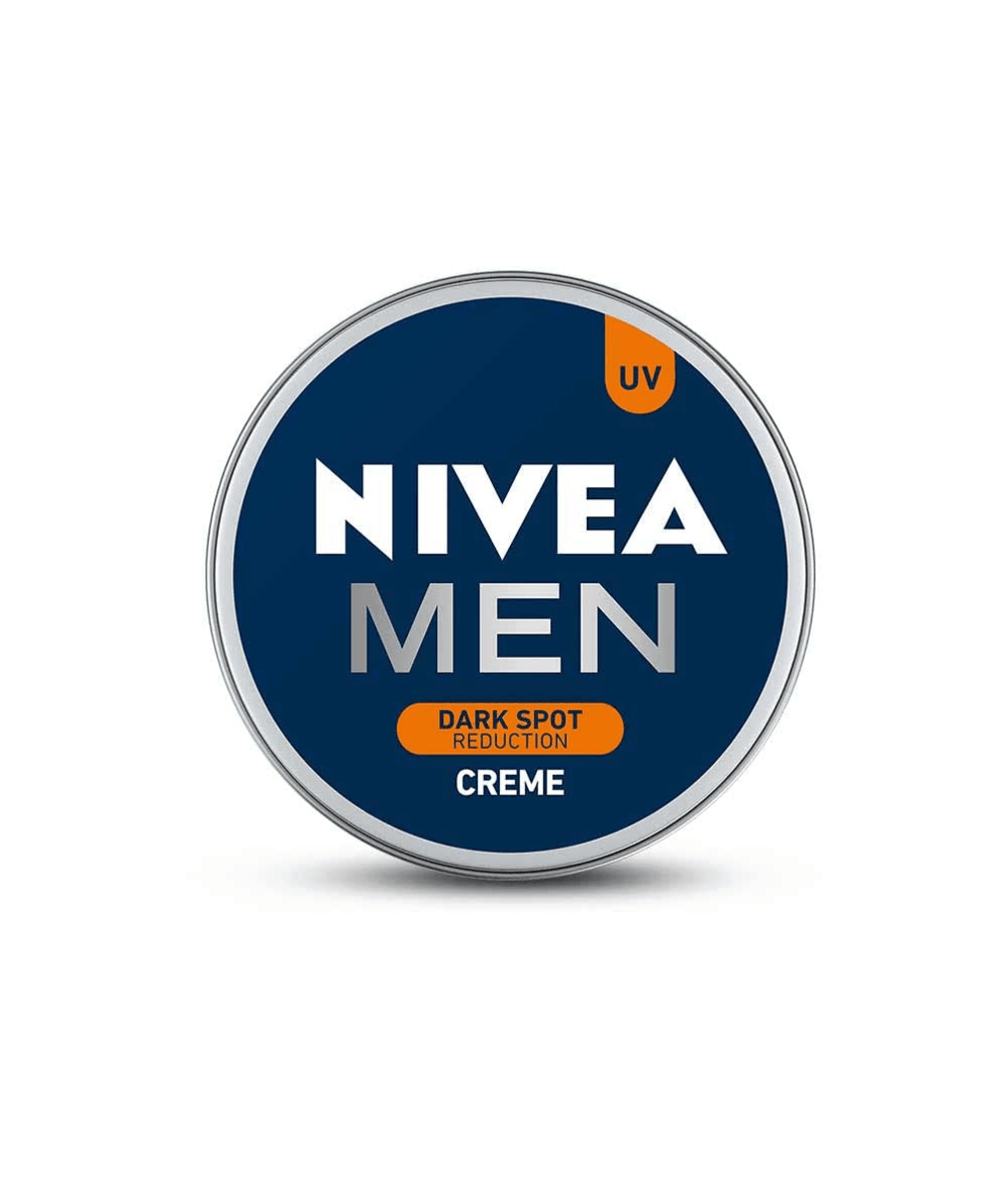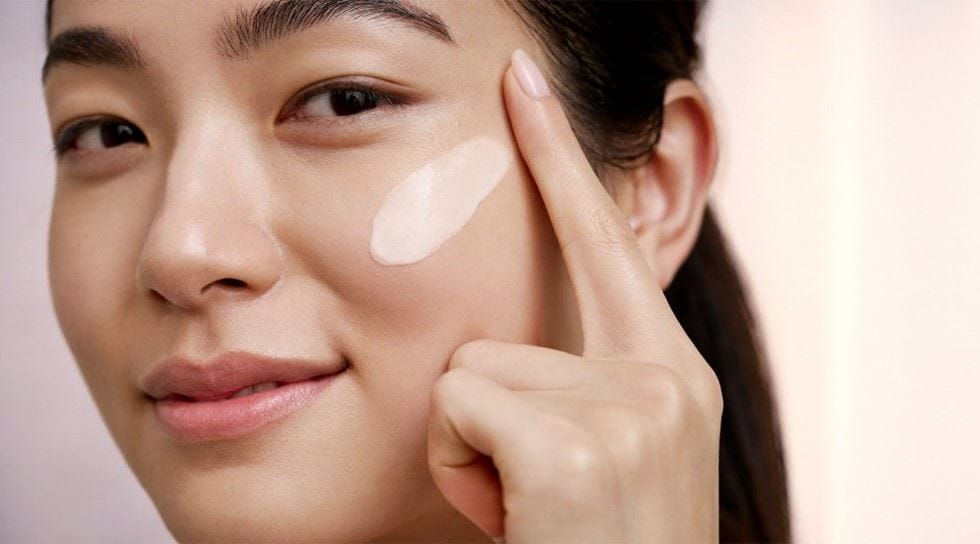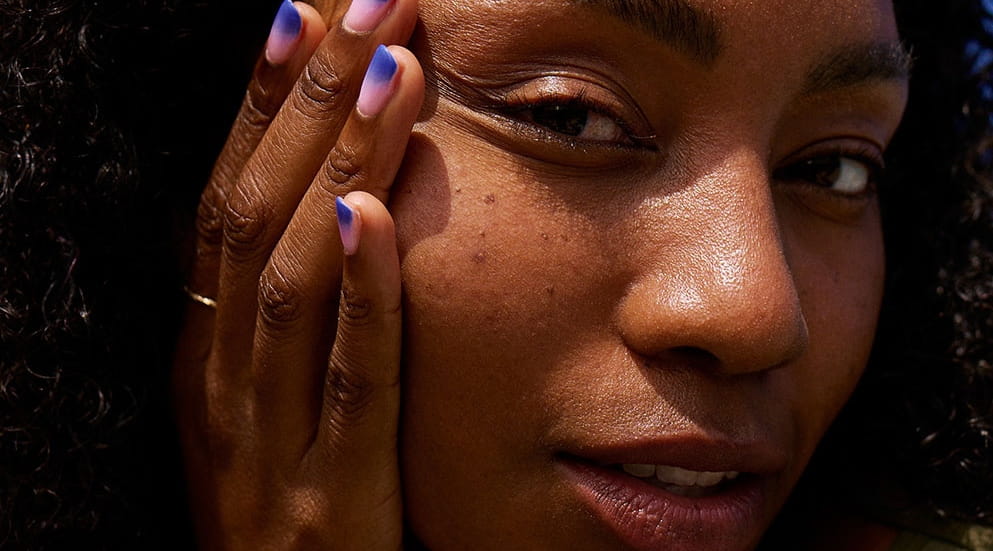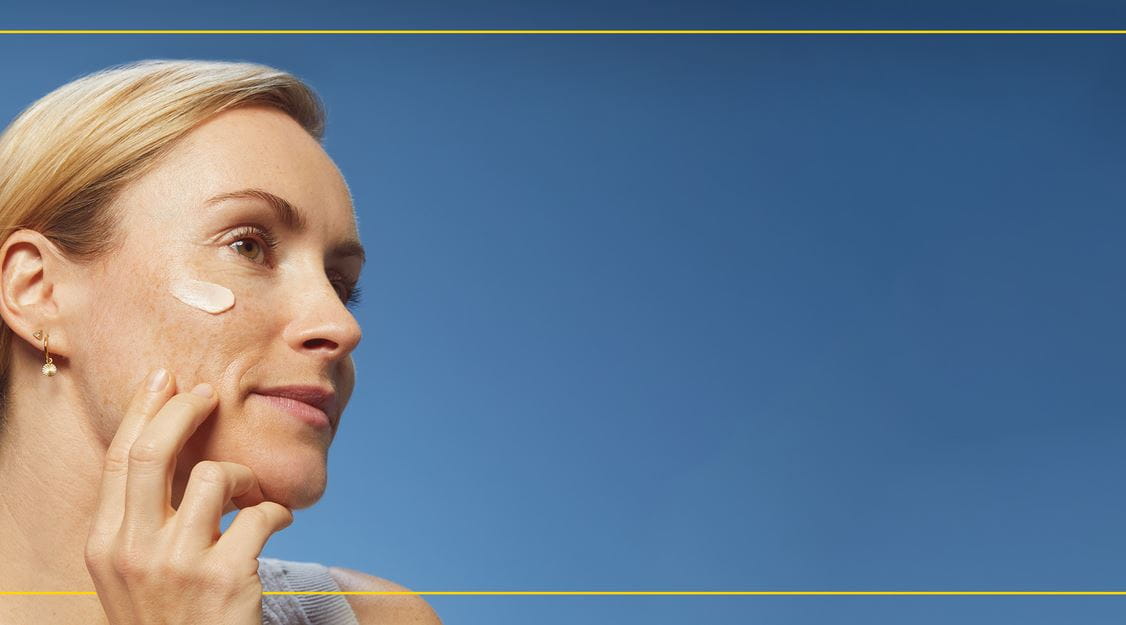
How to Identify Your Skin Type and Build the Right Skincare Routine – A Complete Guide by NIVEA India
A well-thought-out skincare routine is a non-negotiable if you crave flawless skin. The better your skin care routine, the fewer skincare issues you are likely to have. However, there is a step that precedes this one. You must ask the questions, ‘What is my skin type?’ and ‘How do I know my skin type?’. Knowing the answer to these two questions will put you on the right path to effective skincare. Read on below to learn more about the coveted subject:





